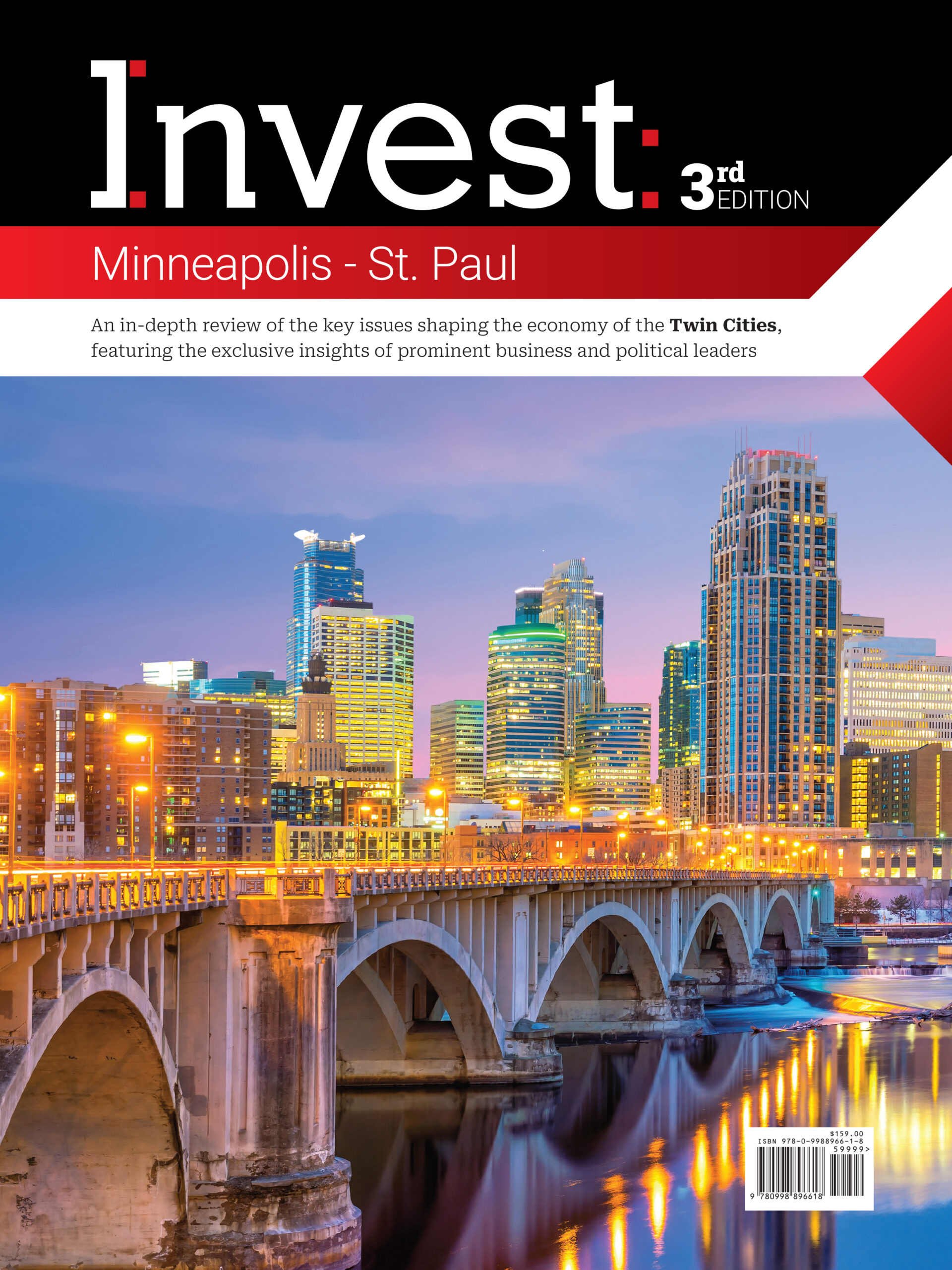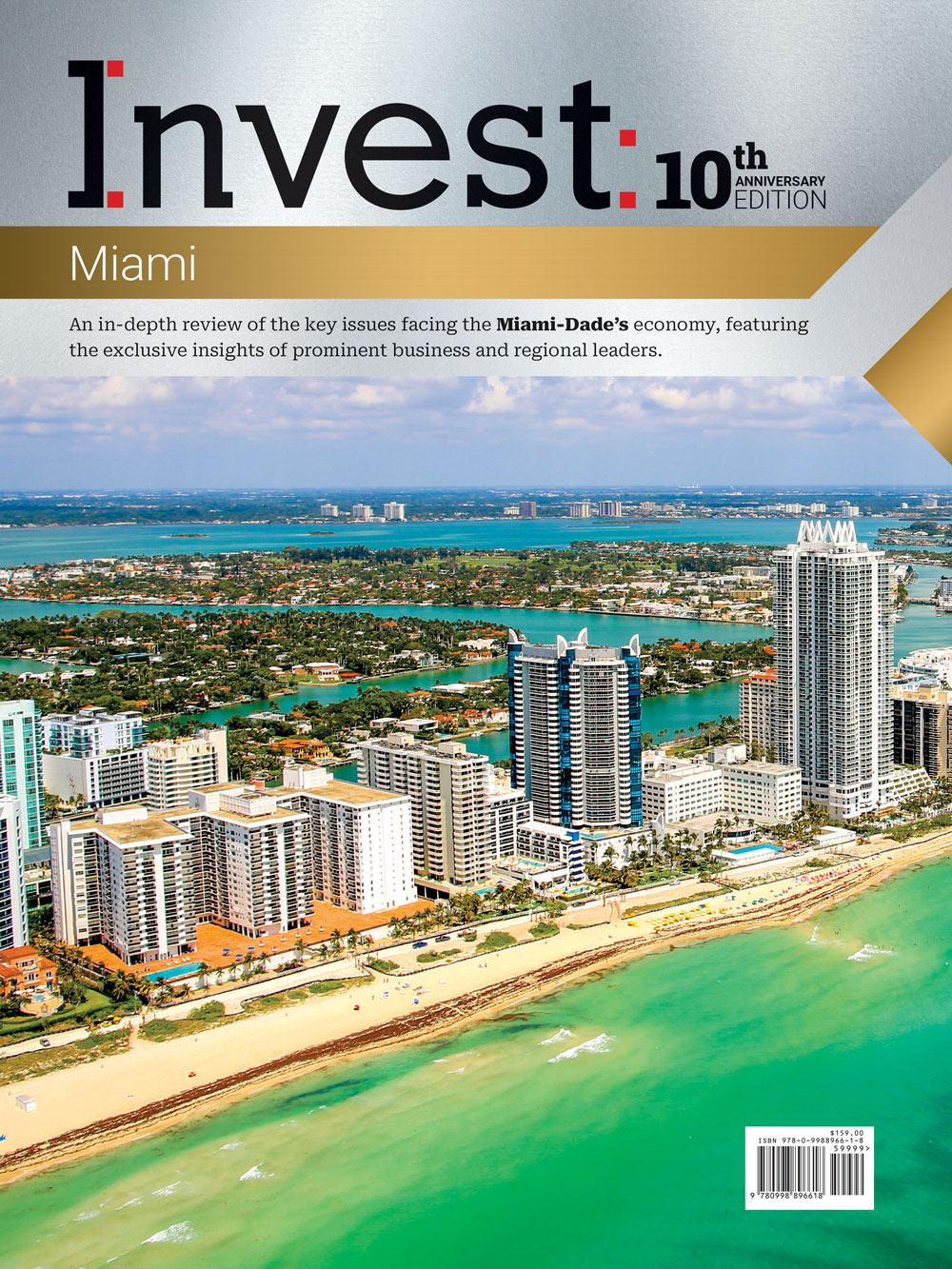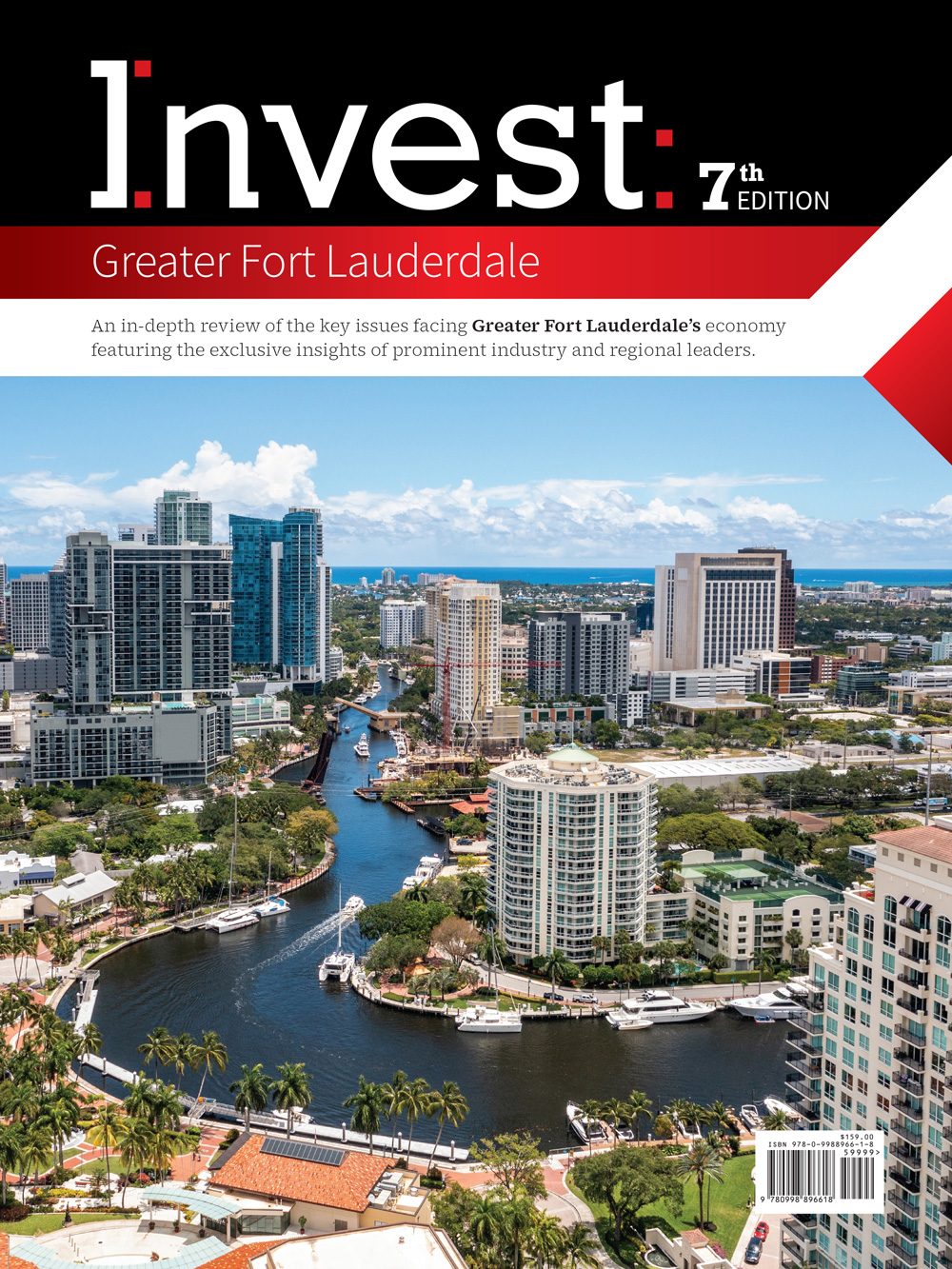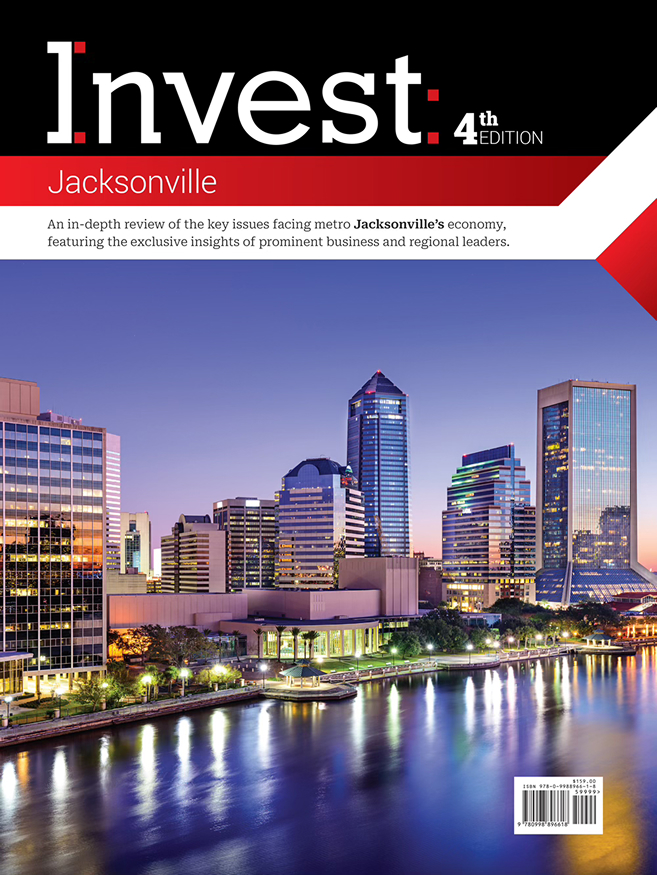Ariel Foxman, Vice President, Brand & Experience, WS Development
In an interview with Invest:, Ariel Foxman, vice president of brand and experience for WS Development, reflected on two key achievements from the past year: completing One Boston Wharf, Boston’s largest net-zero carbon office building, and using a new zero-carbon cement technology for the first time. These efforts strengthened the Seaport’s position as a leader in sustainability and innovation, he said.
What have been the key milestones for WS Development during this past year?
This past year has been incredible. One of our biggest achievements was completing One Boston Wharf, the largest net-zero carbon office building in Boston. This strengthens Seaport’s reputation as a sustainability leader. We also partnered with Sublime Systems Cement, a new MIT-developed technology that reduces CO2 emissions entirely compared to traditional cement, which is very emissions intensive. We were the first to use this in a commercial project at One Boston Wharf, applying it to the sidewalk and lobby. The cement has a one-to-one ratio with traditional Portland cement, so you don’t need more of it to meet demand.
In addition to that, we opened Harbor Way, a vertical park that connects Seaport to South Boston. It’s a major pedestrian and cyclist corridor, enhancing connectivity from the Convention Center to Seaport, which sees massive foot traffic. We also introduced F1 Arcade, the first of its kind in the United States. It’s a London-based concept, which chose Seaport for their U.S. debut, which speaks to the neighborhood’s appeal. On top of that, we’ve continued to host over 500 free community activations, including Boston’s largest free fitness series. We’re also opening our holiday market on November 8, which last year attracted 1.2 million visitors. There’s always something happening here.
What makes Boston an attractive place for developers like WS Development?
Boston’s appeal comes from a combination of factors — you need a full spectrum to succeed. First, accessibility is key. We’re just eight or nine minutes from the airport, which offers free transportation into the city. Boston’s infrastructure, especially the Big Dig project, has made connectivity smooth, linking Seaport with the airport and other metro areas. Then, there’s proximity to top-tier universities like MIT and Harvard, which is a huge draw for talent and innovation. The Seaport is home to both startups and established firms, benefiting from this brain trust. For instance, Foundation Medicine, a leader in cancer therapies, just moved into 400 Summer Street, one of our new buildings. Being close to venture capital hubs like New York is also a major advantage.
Boston’s four-season climate is another draw — each season brings its own charm. We have waterfront summers, snowy winters, and beautiful falls and springs, making it a vibrant place to live and work. The Seaport offers a perfect mix of old architecture and cutting-edge developments, with top-tier shopping, employment opportunities, and cultural events. And beyond the physical appeal, Boston has a deep sense of community. Despite being a city with many transients, like students and corporate workers, it has strong local pride. We honor that in everything we do, making sure the Seaport remains accessible and welcoming to everyone. Our holiday market, for example, features 120 small businesses, most of them local, BIPOC or women owned. We also regularly host a Black-Owned Boston Market, among other community events.
How is WS Development adapting to the shifts between e-commerce and brick-and-mortar retail trends?
E-commerce will keep growing, no doubt, especially after the pandemic boom. But we’ve stayed true to our vision — offering a mix of luxury retail, local businesses and new brick-and-mortar experiences from direct-to-consumer brands that people love. This kind of experiential retail still beats online shopping. In Seaport, all our retail spaces are adjacent to public areas, which we activate with community events. For example, our courtyard, The Superette, hosts weekly activities like salsa and sketch classes, and passive installations for people to enjoy. This blend of retail and public engagement draws people in. It’s about more than shopping; it’s about discovery and experience. Many e-commerce brands have also chosen Seaport for their first physical stores, which shows the continued value of brick-and-mortar in a digital age.
How does WS Development incorporate ESG principles, and what are the benefits?
Our commitment to ESG goes beyond just one building or material. We’re expanding the use of low-carbon materials and increasing the number of net-zero properties, aligning with Boston’s goal of achieving all net-zero buildings by 2050. We’ve adopted innovative solutions like harvesting rainwater from Harbor Way, which is used to cool our buildings. Our parks feature sustainable materials, like glacial rocks, and WS has sourced 100% renewable electricity across all New England properties, not just Seaport. We’re partnered with NRG Energy, using hydroelectric dams in Northern New England to power 43 buildings with 14 million kilowatt-hours annually. It’s about being pioneers in sustainability, both in Seaport and across our portfolio.
How have your developments in the Seaport impacted Boston’s economy?
Seaport’s mixed-use development in life sciences, tech, hotels and retail drives significant traffic and opportunity. The diverse offerings attract both local and national retailers, which leads to job creation. Just two blocks from here, we’re recruiting for three retailers opening soon. Seaport’s dynamic blend of businesses has made it a go-to destination, offering job opportunities across sectors. With nightlife, lab buildings and late-night food and beverage options, Seaport provides a 24-hour neighborhood feel, which isn’t typical for Boston. This constant activity creates even more jobs, helping to redefine what a downtown district can be — more than just offices, it’s a vibrant, all-encompassing community.
What are the top priorities for WS Development over the next few years?
Our focus is to keep doing what’s working, but with an even stronger emphasis on a few key areas. First and foremost is sustainability, and continuing to lead the way with low-carbon materials and innovative partnerships that have wide-reaching impact. We’re committed to pushing the boundaries in that space. Next, we’re focused on diversifying our retail, entertainment and dining offerings. We still have available lease spaces and want to ensure the right mix as more people are drawn to Seaport. And our commitment to year-round events is a big priority. Whether you’re visiting or living in Seaport, there should always be something exciting happening. This includes cultural activations, markets, concerts, and other community-driven experiences.
We’re also leaning into experiential spaces, which we know resonate with families, tourists, and locals alike. For instance, we’re opening a Museum of Ice Cream soon, adding to the richness of what Seaport offers alongside the Institute of Contemporary Art and the Boston Children’s Museum. Overall, we want to ensure that Seaport is seen as “New Boston” — a vibrant hub for living, working, and leisure. It’s about making sure people know this is the go-to destination for both repeat visits and new experiences, while always keeping our eye on the future.













